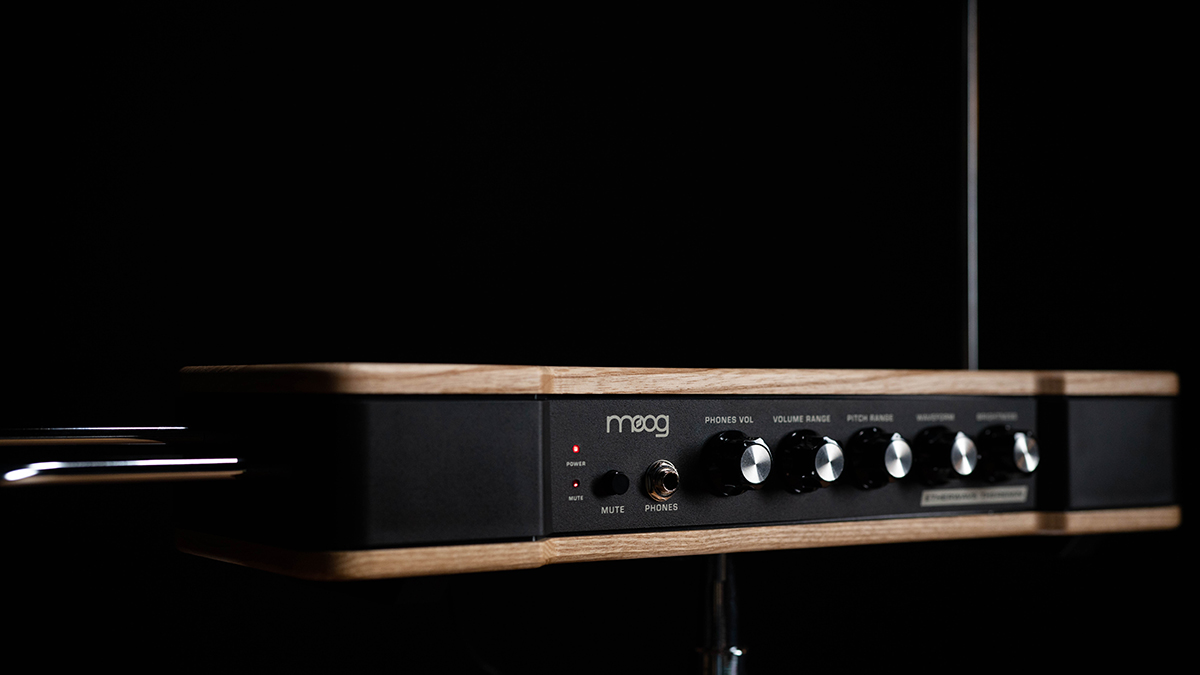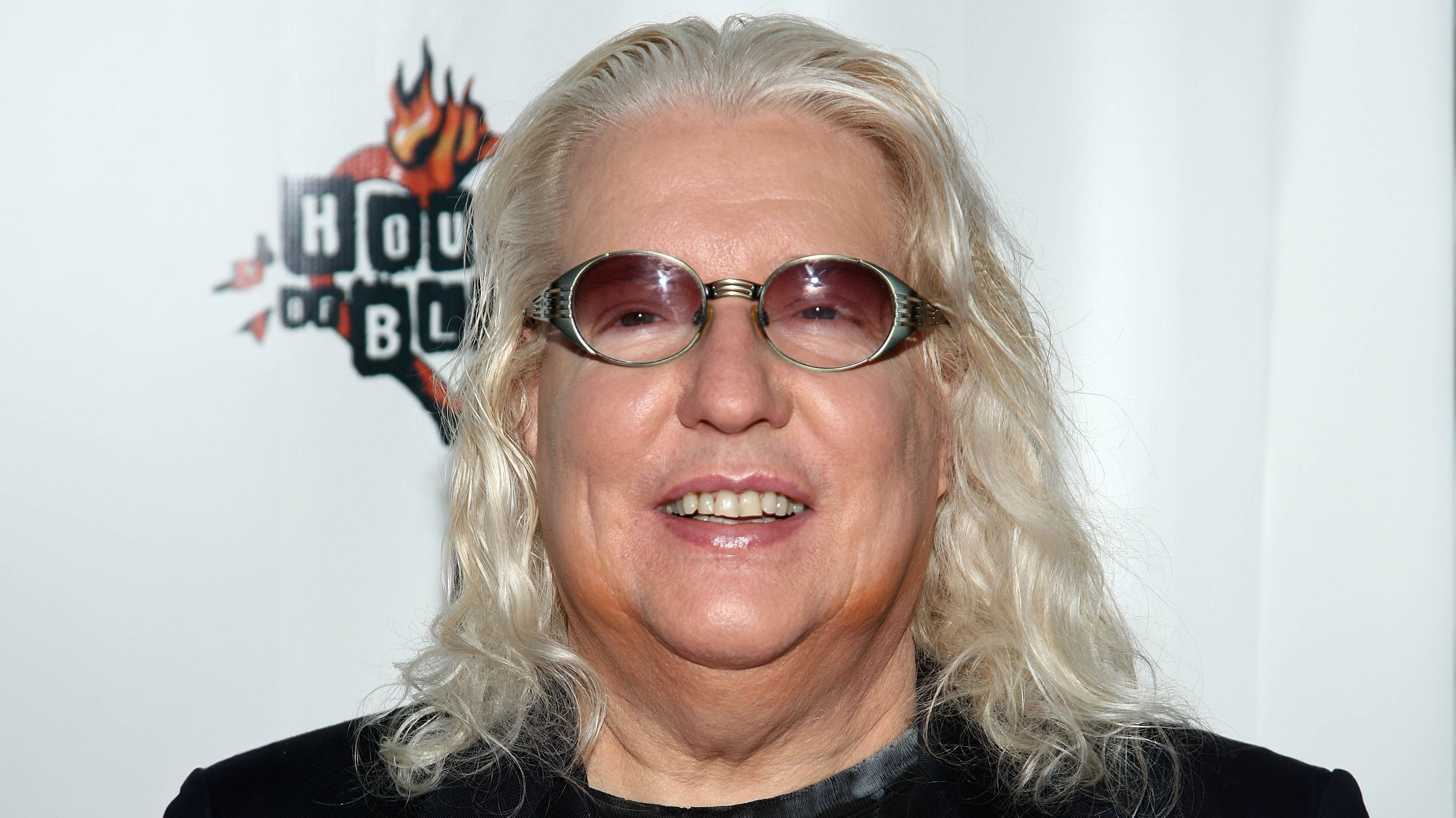Put your hands in the air for Moog’s new Etherwave Theremin
Unique electronic instrument can also control your modular synths
Moog has rebooted its Etherwave Theremin, the iconic synth brand’s take on the famously hands-off electronic instrument.
As you probably know, the theremin is played by moving your hands in the air near two metal antennas, one of which determines the pitch and the other the volume. You can play higher notes by moving your hand closer to the pitch antenna, while moving your hand away from the volume antenna increases the volume.
Bob Moog built his first theremin at the age of 14, and the original Etherwave was his final theremin design. This new version promises improved bass response and stability at the low end, updated antenna connections to make the instrument easier to assemble and take apart, and a quick-release mic stand adapter for easy mounting.
There’s also a new Mute control that enables you to put the theremin into standby mode or use ‘pitch preview’ in your headphones, and you get the CV output connectivity (Gate, Pitch and Volume) from the Etherwave Plus, for connection to other modular gear.

Moog is also offering a custom-fit, tear-resistant case for the Etherwave so that it’ll be safe and secure when you’re on your travels.
Find out more about the Etherwave Theremin on the Moog website. The video above, meanwhile, features The Octopus Project performing their 2007 track I Saw The Bright Shinies using the new Etherwave and a selection of vintage and modern Moog synths. Not only is the theremin the lead instrument, but it’s also being used as a CV controller for the Moog Matriarch synth.
Get the MusicRadar Newsletter
Want all the hottest music and gear news, reviews, deals, features and more, direct to your inbox? Sign up here.



I’m the Deputy Editor of MusicRadar, having worked on the site since its launch in 2007. I previously spent eight years working on our sister magazine, Computer Music. I’ve been playing the piano, gigging in bands and failing to finish tracks at home for more than 30 years, 24 of which I’ve also spent writing about music and the ever-changing technology used to make it.
“Excels at unique modulated timbres, atonal drones and microtonal sequences that reinvent themselves each time you dare to touch the synth”: Soma Laboratories Lyra-4 review
“A superb-sounding and well thought-out pro-end keyboard”: Roland V-Stage 88 & 76-note keyboards review









